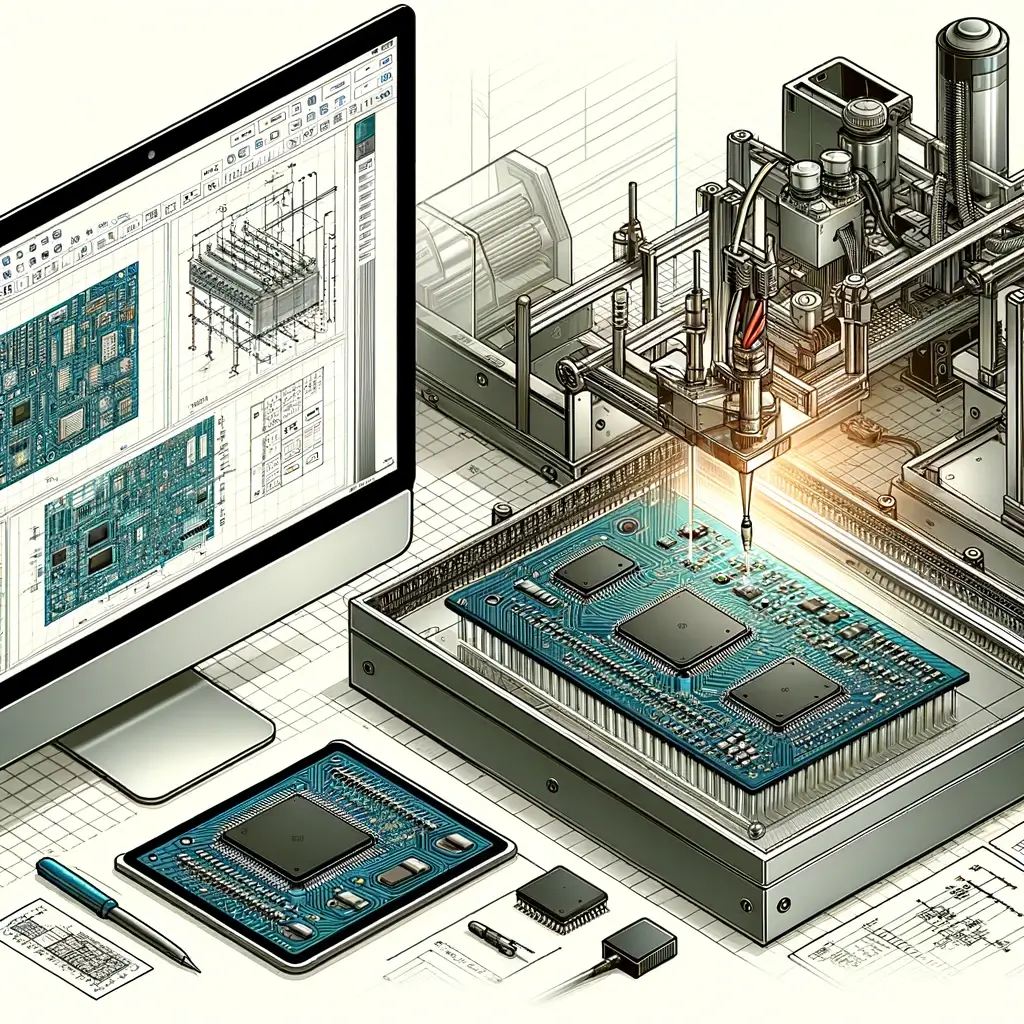PCB Manufacturing: A Comprehensive Guide
Printed Circuit Boards, or PCBs, are not your typical industrial product. They sit at the heart of virtually every electronic device out there, from your cell phone to your car’s onboard computer. And while we might not think about them often, understanding how these vital components are made can be a world of difference in building our appreciation for the technology that runs our daily lives.
In this blog post, we’ll take a deep dive into how PCBs are made, including the various manufacturing stages, the equipment involved, and finally, some key considerations when it comes to choosing the right PCB manufacturer.
Elaborate on the various manufacturing stages:
The process of manufacturing a PCB has several interconnected steps that often require specialized expertise and equipment. The process typically starts with a design and layout stage which is critical in ensuring the necessary functionality and reliability of your final PCB product. The design stage is followed by a process called imaging, where a photoresist material is applied to a copper-clad laminate board, exposed to UV light through a stencil-like photographic film, and developed to create the desired pattern.
Next comes the etching stage, where the exposed copper on the board is removed via a chemical process. The remaining copper forms the conductive pathways that connect different components of the PCB. After this, a series of steps including drilling and plating may follow to create the via holes that will allow different PCB layers to be connected.
The final stages involve the application of solder mask and legend printing, which provide protection and labelling for the board. Once these stages are completed, the bare board will undergo a series of tests and inspections to ensure it meets design specifications and is ready for assembly.
Discuss the key equipment used in the manufacturing process:
The PCB manufacturing process involves a range of equipment and machinery, from CAD software for design, to exposure units for imaging, etching tanks, drilling and plating machines, and AOI (automated optical inspection) systems. The equipment used can significantly impact the accuracy, speed, and precision of the manufacturing process.
One important piece of equipment is the CNC (computer numerical control) router, which is used to drill the holes in the board. High-speed drilling machines that use laser or diamond drill bits can achieve incredibly small and precise hole sizes, making them ideal for manufacturing PCBs for mobile devices.
Automated imaging systems are also essential in ensuring accuracy and consistency of PCB layouts, while plating machines that use electroless or electrolytic methods can customize the copper thickness of the conductive pathways to meet specific design requirements.
Outline considerations when choosing a PCB manufacturer:
When it comes to choosing a PCB manufacturer, several factors come into play. These include the manufacturer’s experience and reputation, their equipment and capabilities, their quality control procedures, and their pricing and lead times. It’s important to ensure that the chosen manufacturer has a proven track record of manufacturing similar projects to what you have in mind. It’s also important to choose a manufacturer that values quality control throughout the manufacturing process and has efficient systems in place to review each aspect of the board. Pricing and lead times are also important considerations, as these factors can impact the profitability and success of any project.
Talk about the importance of quality control:
Quality control is essential throughout the entire manufacturing process, as even a small manufacturing defect or oversight can result in a faulty PCB and consequently, a malfunctioning device. Choosing a reputable manufacturer who emphasizes quality control is hence critical. The manufacturer should have a thorough testing and inspection process to catch and correct any issues. A good manufacturer should also have various protocols in place to handle defects, warranties, and returns.
Conclusion:
In conclusion, the process of manufacturing PCBs is multi-layered and intricate. Understanding the various stages and equipment involved can give us a new appreciation for the technology behind the devices we use every day. While there are several factors to consider when choosing a PCB manufacturer, a reputable manufacturer who prioritizes quality control should be the top priority for anyone looking to produce high-quality and reliable printed circuit boards.



